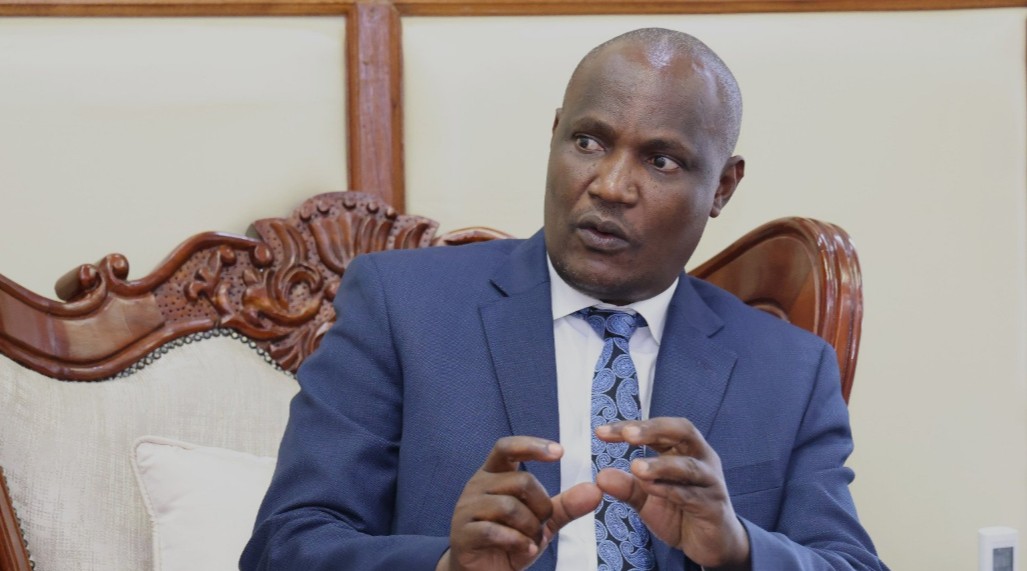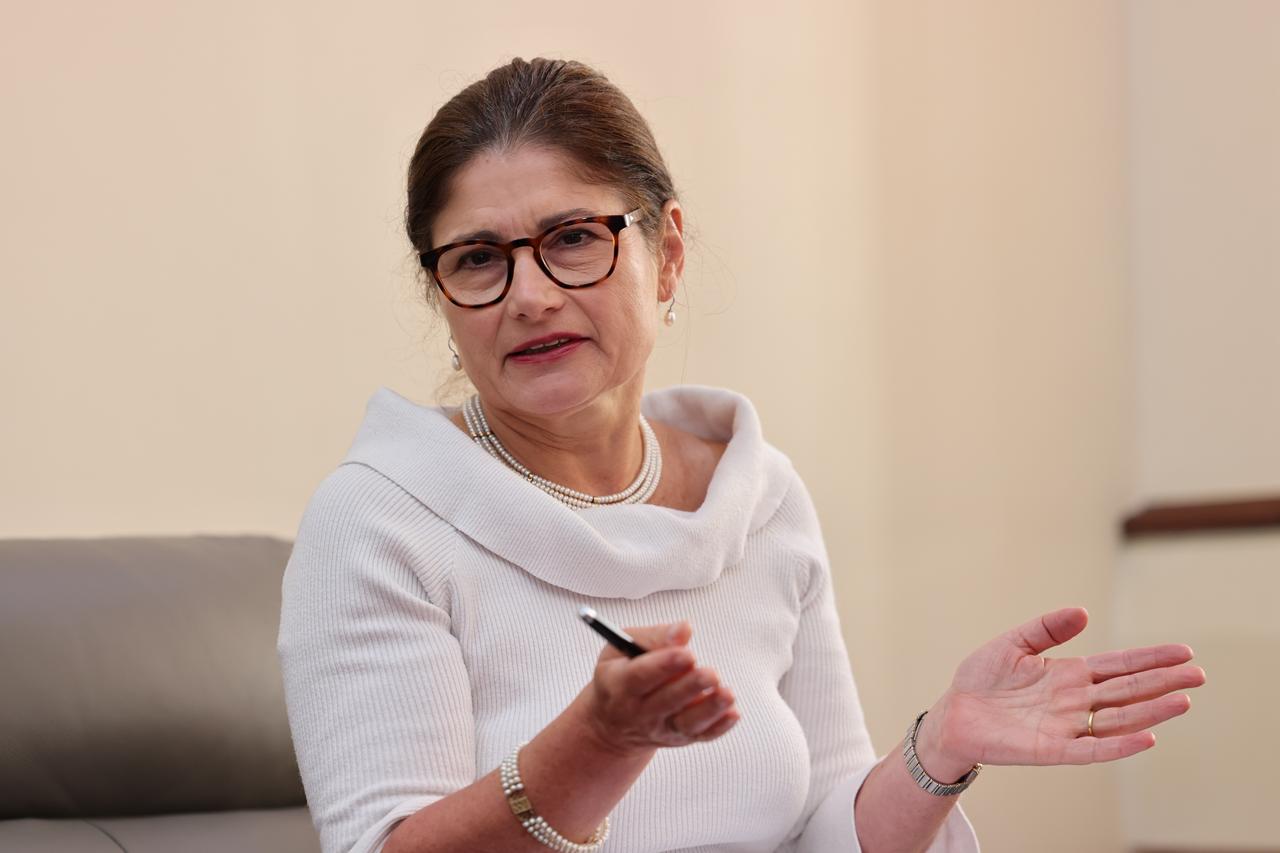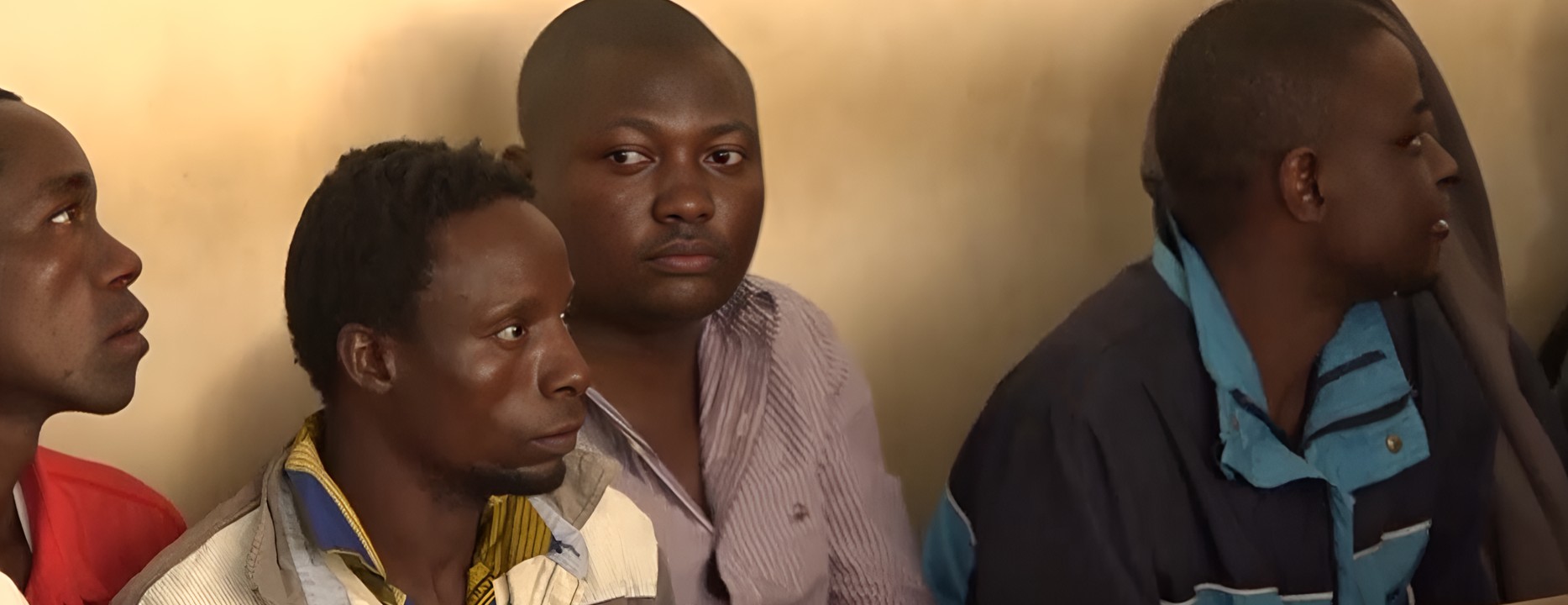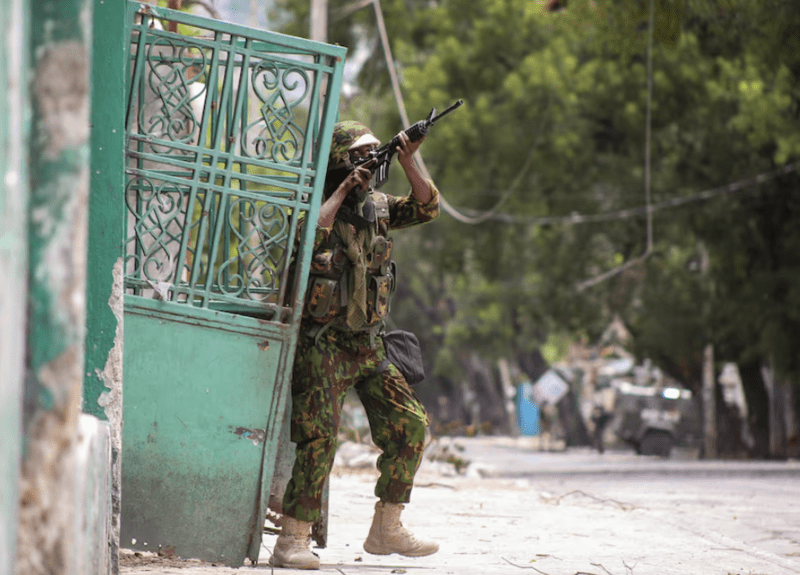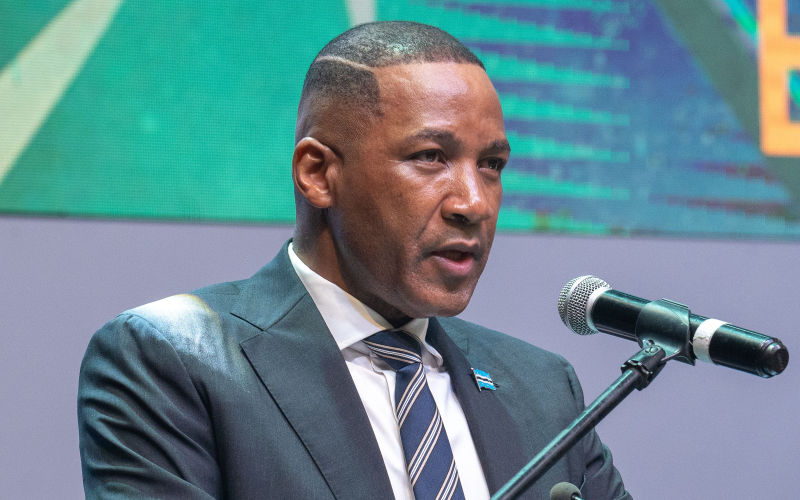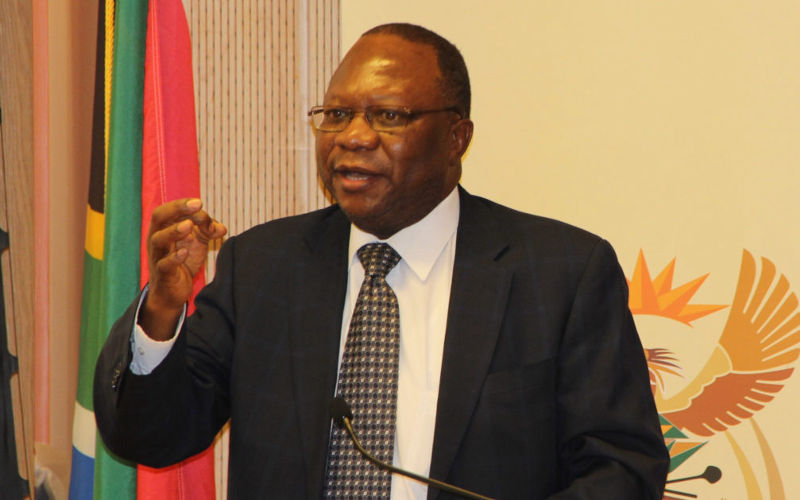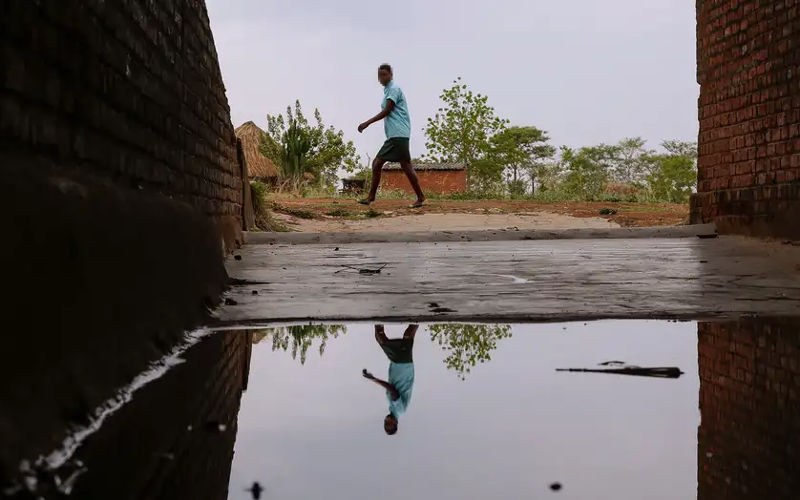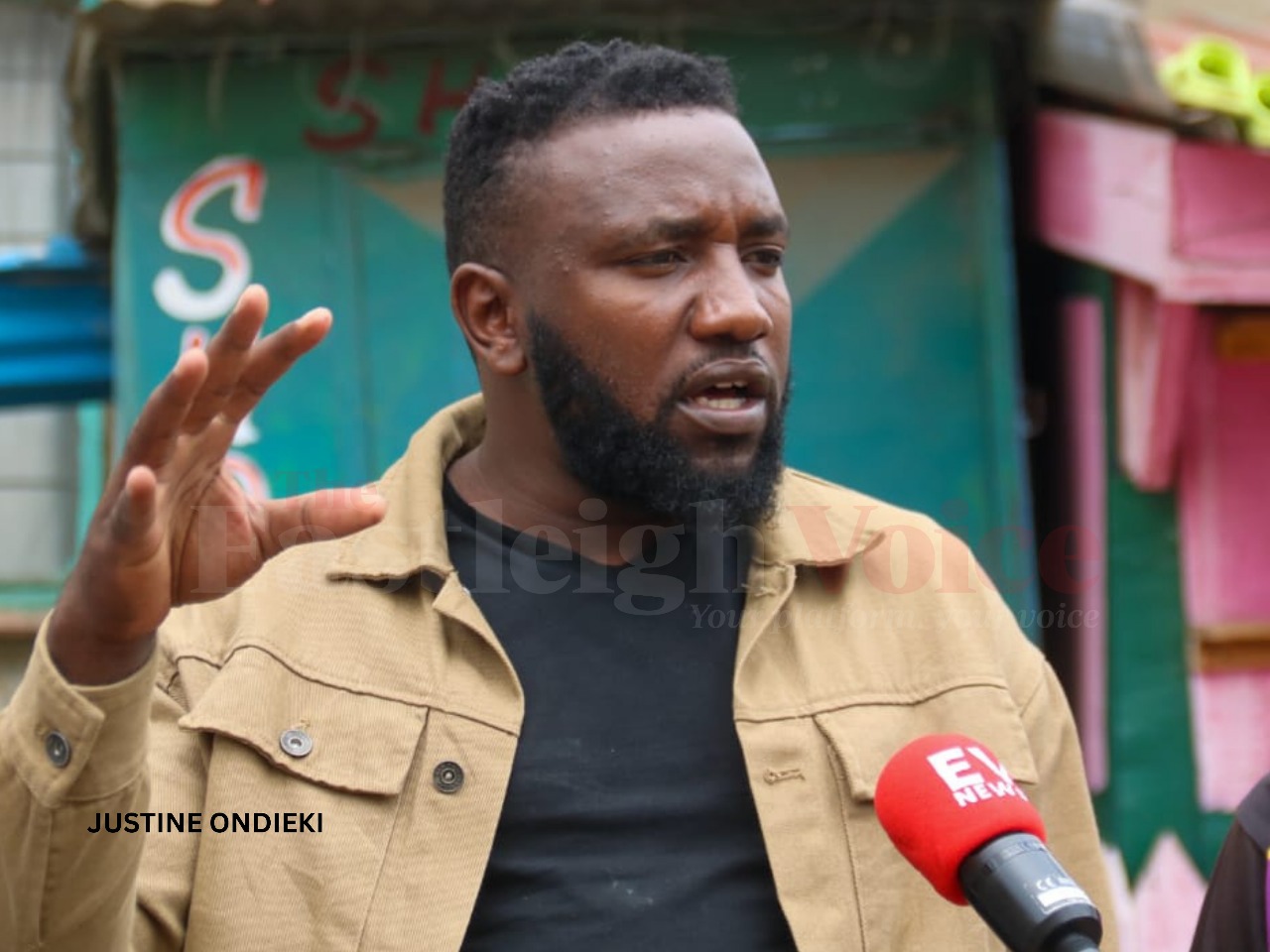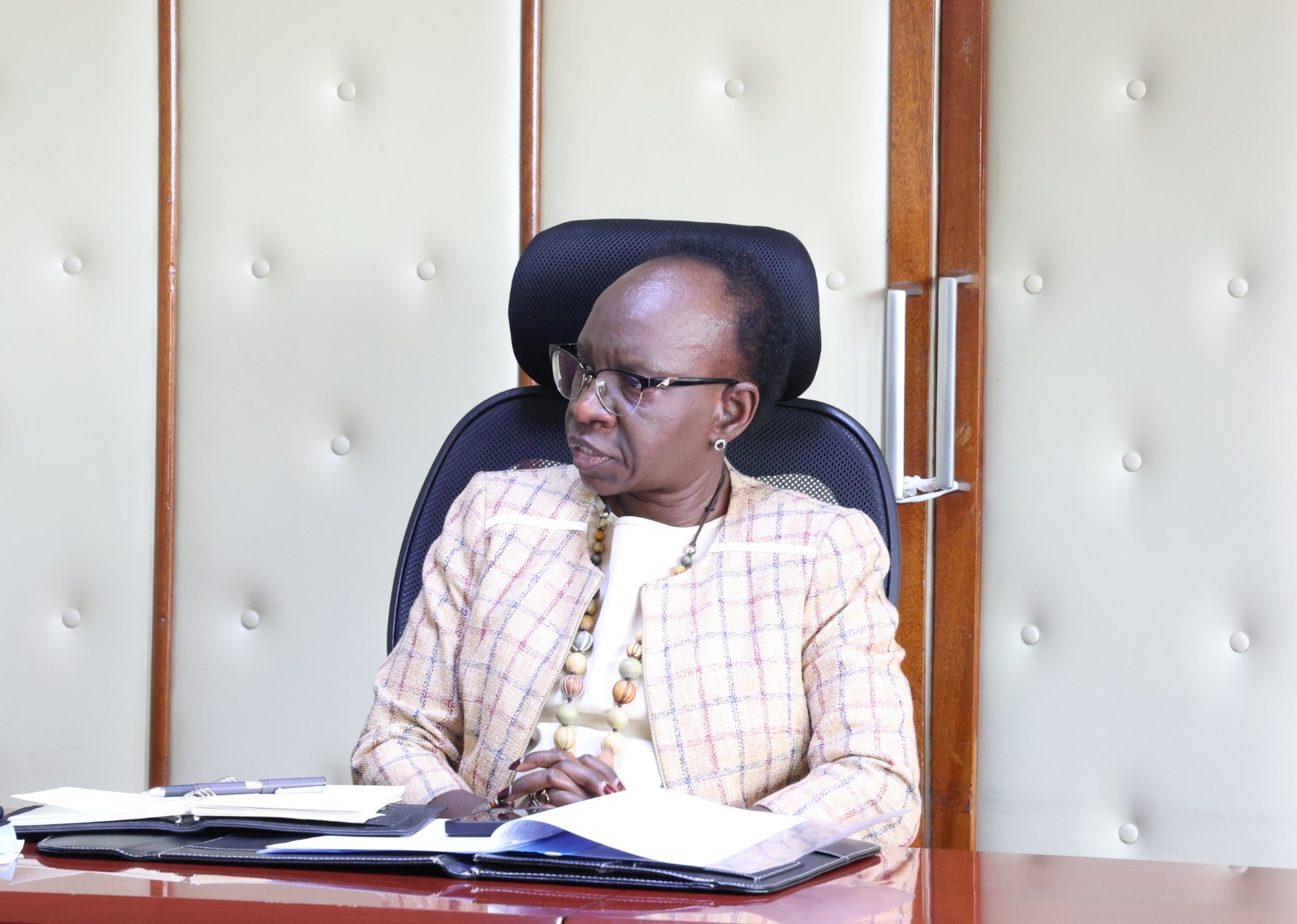Why Lagdera MP Abdikadir Hussein believes CDF funds are a game changer to Northern Kenya
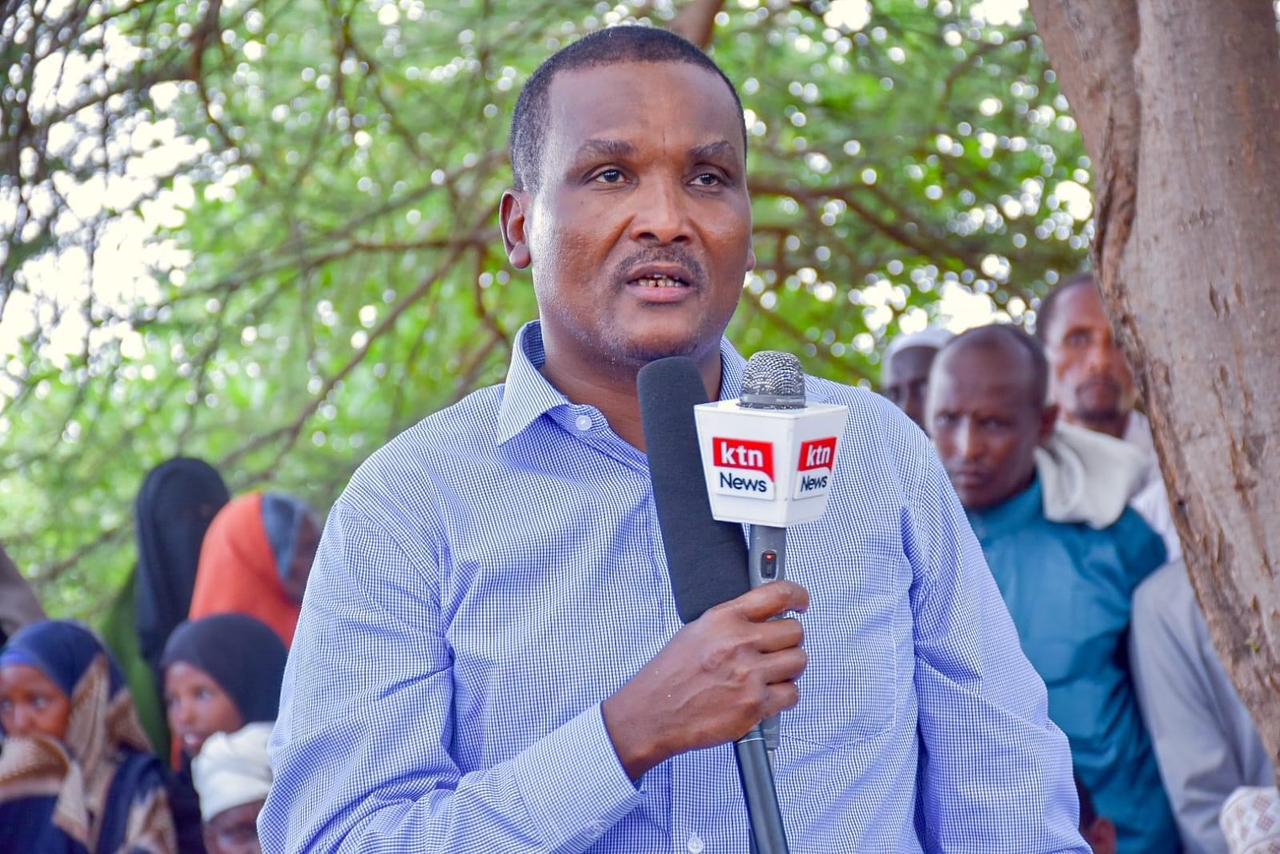
He cited Northern Kenya as an example, noting that although the region has received billions of shillings through devolution, little has been achieved. “Today in Northern Kenya, the government has channelled hundreds of billions through devolution, yet there is little to show for it. There may be delays here and there, but eventually, the funds are released.”
Lagdera Member of Parliament Abdikadir Hussein Mohamed must be running on a relentless schedule; his mobile phone hardly stops ringing, and it is rare for him to keep time for a media interview.
When the Eastleigh Voice sought an interview with Abdikadir, the wait was long before an opportunity arose to speak with the MP from the northern frontier.
More To Read
- Kindiki inspects Sh100 billion Isiolo–Mandera Highway, says region poised for growth
- EACC says no complaints lodged on MPs’ bribery claims, probe into CDF mismanagement ongoing
- Lagdera MP demands action as health facilities defy Ruto’s free outpatient care directive
- Ruto’s pick for police commission dodge payroll questions, promise reforms
- Court gives IEBC seven days to respond in MPs’ recall petition case
- MPs approve Bill to disburse Sh415 billion to counties
As a member of two of the National Assembly’s foremost committees, Abdikadir explained that finding time in his diary is extremely difficult. He sits on the Defence, Intelligence and Foreign Relations Committee, as well as the Blue Economy, Water and Irrigation Committee.
He spoke passionately about the role of the National Government – Constituency Development Fund (NG-CDF) in improving livelihoods in Northern Kenya, making his case in an ongoing debate about the legality of the fund.
“It should be understood that the NG-CDF is national in nature. It is not about MPs because our role is only oversight. We have NG-CDF, and we have funds sent to county governments. If you visit almost any village today, you will find something funded by NG-CDF, perhaps classrooms or administration police posts, but you will rarely find projects undertaken by county governments,” said Abdikadir.
He urged Kenyans to compare the work of county governments with that implemented through NG-CDF, insisting that the latter has achieved more than devolved units.
“County governments have turned out to be just like the national government, burdened with bureaucracy. The idea of handing the NG-CDF back to county governments is not wise,” Abdikadir explained.
He cited Northern Kenya as an example, noting that although the region has received billions of shillings through devolution, little has been achieved. “Today in Northern Kenya, the government has channelled hundreds of billions through devolution, yet there is little to show for it. There may be delays here and there, but eventually, the funds are released.”
“Even the Equalisation Fund is managed by governors, yet again, there is nothing tangible to show for it. What we receive is less than 20 per cent of what governors get. There may be corruption and poor planning, and this is a problem across almost all county governments. I am not singling out any particular one,” he added.
SHA as a potential game-changer
Abdikadir commended President William Ruto’s commitment to development in Northern Kenya, highlighting the rollout of the public health insurance scheme under the Social Health Authority (SHA) as a potential game-changer if properly implemented.
However, he lamented the absence of mobile and internet networks in many parts of the region, which is hampering progress.
“I know that many parts of Northern Kenya have no mobile or internet coverage. These areas still have dispensaries and hospitals serving residents. I was in Dadaab Constituency recently with the governor, where we opened two dispensaries. The problem is that there is no mobile network. Nurses told us that many residents are not registered with the SHA because of this challenge,” explained Abdikadir.
He also expressed concern that some health facilities in Garissa County are charging patients for outpatient services despite a government directive for free treatment.
Abdikadir urged health facilities to comply with President Ruto’s directive, warning that public facilities continuing to charge for outpatient services are breaking the law. He stressed that these services are fully funded by the government and must be offered free of charge.
“Our people are still being charged when seeking treatment. My plea is that the law and government directive be respected to prevent unnecessary suffering,” he said.
He further noted that poor connectivity in remote areas was delaying verification under the Social Health Insurance Fund (SHIF), undermining service delivery and disproportionately affecting elderly patients, expectant mothers, and the critically ill.
Hussein warned that unless connectivity challenges are addressed, the rollout of universal healthcare coverage under SHIF could be undermined in marginalised areas.
He also believes Ruto’s re-election would be pivotal in improving the region’s fortunes. Speaking on Sunday during the Lagdera Constituency Economic Empowerment event in Modogashe, Garissa County, Interior Cabinet Secretary Kithure Kindiki said the local leadership caucus, led by Eldas MP Adan Keynan and Dadaab MP Farah Maalim, had shown great commitment to pushing for regional progress.
“We appreciate the decision by the leaders to support our President and the government. They are good leaders who love their country. We will work together to develop the region,” he said.
The national government has rolled out several development programmes in the region. Key infrastructure projects under implementation include the LAPSSET corridor road linking Lamu, Garissa, and Isiolo, a 315-kilometre project costing Sh27 billion, and the 750-kilometre Mandera–Isiolo road, a Sh100 billion investment expected to be completed in 2027.
In total, 1,065 kilometres of roads are currently under construction in Northern Kenya. Electricity expansion is also underway, with Sh1.7 billion allocated to connect 7,200 new households in Garissa County.
In Lagdera Constituency alone, Sh380 million is being invested to connect 2,100 additional households.
Four hybrid power generation plants in Isiolo, Wajir, and Mandera counties are expected to resolve persistent power shortages.
The government is also constructing eight markets, six affordable housing projects, and hostels for Garissa University, Garissa National Polytechnic, and Technical Training Institutes to spur economic growth.
Top Stories Today

